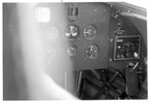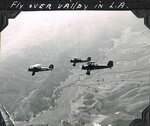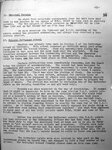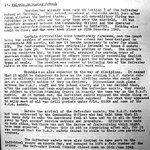Dear All - have this photo that I believe was taken at Polaris Flight Academy, Lancaster, California late 1941/early 1942. My grandfather was stationed there for WW2 flight training. He flew Stearman and BT-13 trainers (and also 'Link Trainers') and I presumed that this cockpit was from one of these. I have scoured the internet and studied very carefully cockpit shots of the above and not found any definitive match.
Just wondered if anybody has a view and can help in any way.
Many thanks Tom
Just wondered if anybody has a view and can help in any way.
Many thanks Tom




